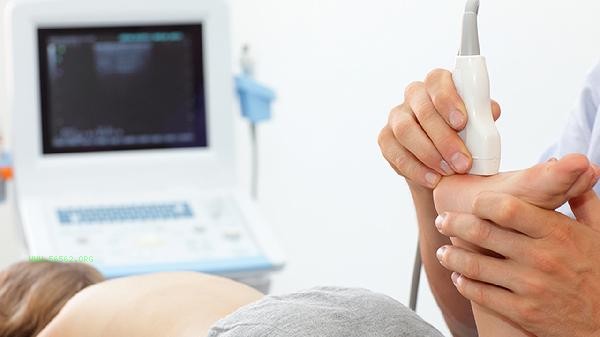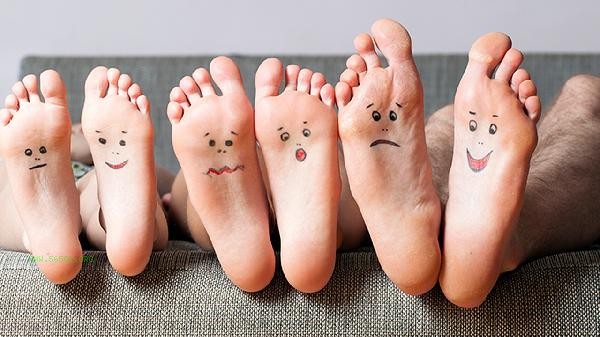Muscle pain caused by foot cramps may be due to calcium deficiency, excessive exercise, poor blood circulation, electrolyte imbalance, nerve compression, and other reasons.

1. Calcium deficiency
Calcium ions play a crucial role in muscle contraction and relaxation. When the calcium content in the blood is insufficient, the excitability of nerves and muscles increases, which can easily lead to muscle spasms. Long term insufficient calcium intake, vitamin D deficiency, or abnormal parathyroid function can all lead to hypocalcemia. Manifested as sudden painful contractions of the calf muscles at night or after exercise, with a feeling of muscle hardening upon touch. Daily prevention can be achieved by consuming calcium rich foods such as milk, soy products, and dark green vegetables. In severe cases, calcium supplements should be taken under the guidance of a doctor.
2. Excessive exercise
Intense exercise or maintaining a fixed posture for a long time can lead to muscle fatigue, and lactate accumulation can stimulate nerve endings and cause spasms. Commonly seen in situations where there is insufficient warm-up before exercise, sudden increase in exercise volume, or failure to stretch in a timely manner after exercise. The pain is mostly concentrated in the gastrocnemius and plantar muscle groups, accompanied by obvious muscle stiffness. It is recommended to warm up and relax before and after exercise, and to supplement electrolyte drinks containing sodium and potassium during exercise.
3. Poor blood circulation
Obstruction of venous return or insufficient arterial blood supply in the lower limbs can lead to muscle tissue hypoxia, accumulation of metabolic waste, and induce spasms. Patients who sit for a long time, stand for a long time, have varicose veins in the lower limbs, or have arteriosclerosis are prone to developing persistent soreness that worsens after catching a cold. It can promote blood circulation by wearing elastic socks and raising the lower limbs. In cold seasons, it is necessary to keep the legs warm. diabetes patients need to be particularly alert to peripheral vascular diseases.

4. Electrolyte imbalance
Excessive sweating, diarrhea, or taking diuretics can cause the loss of electrolytes such as sodium, potassium, and magnesium in the body. These minerals are involved in nerve signal transduction and muscle contraction, and are prone to sudden muscle spasms when lacking. Symptoms often occur at night or after extensive exercise, and may be accompanied by palpitations and fatigue. It is necessary to supplement potassium rich foods such as bananas and oranges in a timely manner, and if necessary, use oral rehydration salts under the guidance of a doctor.
5. Neural compression
Lumbar disc herniation or spinal stenosis may compress the nerve roots that innervate the lower limbs, leading to abnormal discharge and muscle spasms. Pain often radiates from the waist to the lower limbs, and may be accompanied by numbness or tingling sensation. A clear diagnosis needs to be made through lumbar MRI. Mild cases can be relieved through traction and physical therapy, while severe cases may require minimally invasive surgery such as intervertebral foramen endoscopy to relieve compression.

To prevent foot cramps, attention should be paid to maintaining a balanced diet, with a daily calcium intake of 800 milligrams, and sufficient stretching before and after exercise. Bone mineral density can be measured regularly in middle-aged and elderly people, and blood sugar should be strictly controlled in patients with diabetes. During an attack, immediately reverse stretch the spasming muscles and apply a hot towel to relieve pain. If cramps occur frequently or are accompanied by symptoms such as edema and muscle weakness, it is recommended to seek medical attention as soon as possible to check for neurological or vascular disorders. Nighttime sufferers can try using pillows to elevate their calves and improve blood circulation.








Comments (0)
Leave a Comment
No comments yet
Be the first to share your thoughts!